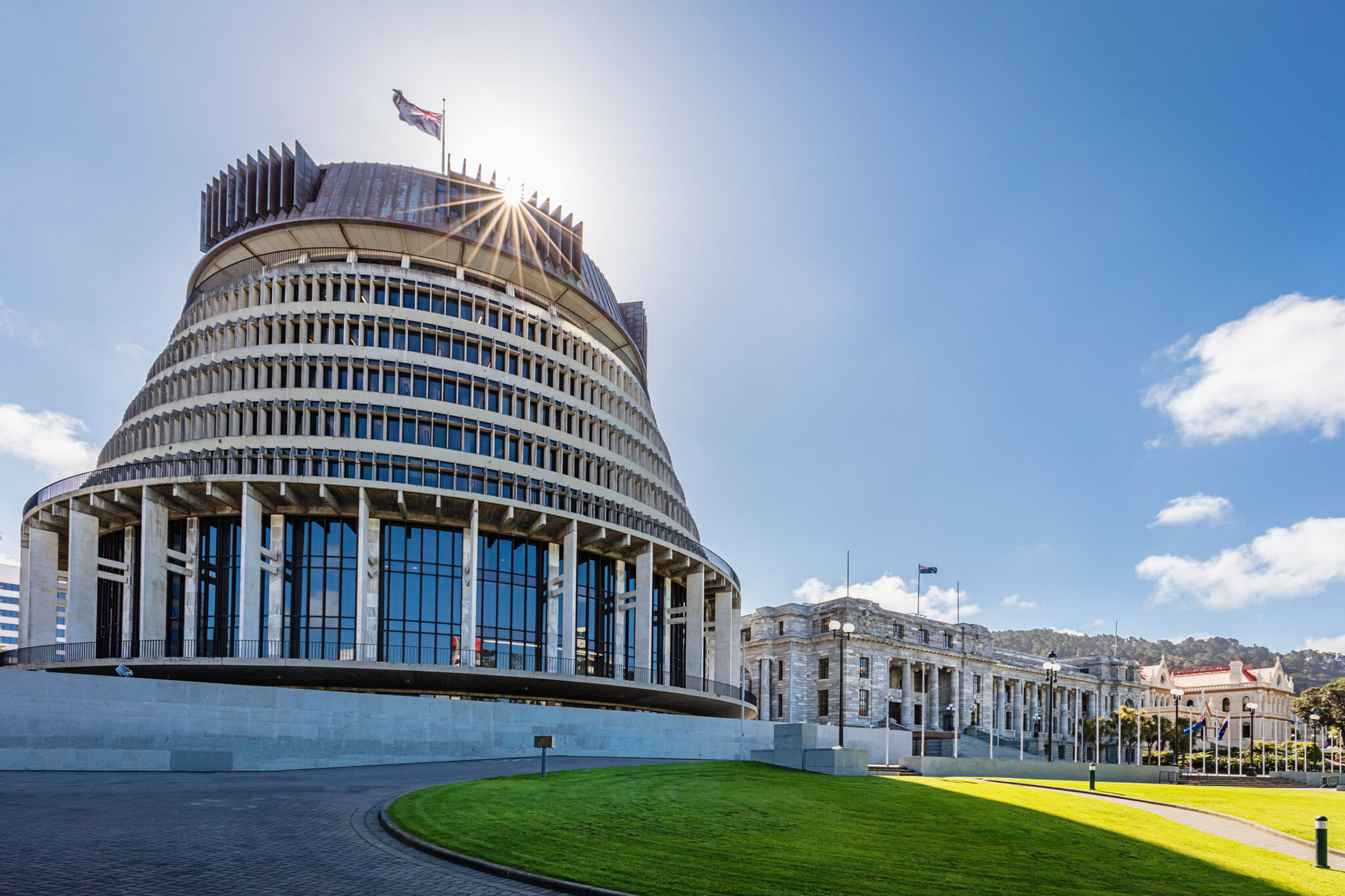The current situation
As this article is published, New Zealand’s unemployment rate sits at a record low, 3.4%. One must look a long way back, to December 2007, to find unemployment figures at the same level.
This means that almost every person who is ‘skilled’ and wants to work, is already working. What this also means, is that businesses are operating in one of the tightest labour markets in New Zealand’s living history. Those that could previously rely on offshore talent to fill gaps cannot access that talent. Many businesses are really struggling to meet their obligations, with many of their senior staff approaching “burn out”.
Since March 2020, only a very small number of offshore workers have been able to enter New Zealand. This is because most employers are simply unable to meet the extremely high requirements to secure a border closure exemption for a worker. We discuss the routes to bring migrant workers into New Zealand below.
It is also to be noted that prior to the pandemic, there was a significant backlog of resident visa applications. The government responded, at the beginning of the pandemic, by ceasing to consider any further applications. This left many migrant workers, already in New Zealand, unable to obtain residence. They were therefore unable to freely move through the labour market and contribute where it was required. This further exacerbated the situation faced by employers, as they needed to make further visa applications to move existing migrant staff where they were needed. It was and remains a handbrake on many businesses.
Critical Health Workers
There remains an ongoing and high demand for health workers and as such there is a border-closure exemption for these workers. However, even with these clearly needed professionals, the immigration policy was unclear for a long period. At one point, the worker needed to have an offer of work that started before a set date, to qualify for entry. This created a backlog of doctors and nurses offshore. Thankfully, that issue has now been resolved, but it seems extraordinary that such barriers were created.
Critical Health Workers (CHW), who can enter New Zealand, include registered health practitioners, such as doctors and nurses. The category also includes technical and support staff, who work in a range of disciplines such as radiology, oncology, nuclear medicine, haematology, as well as aged care and disability workers.
The health system in New Zealand is heavily reliant on skilled health workers from offshore. According to the Medical Council of New Zealand, more than 40% of doctors practising in New Zealand undertook their formal medical training overseas.
Other Critical Workers
The Other Critical Worker (OCW) is the category that employers ask us about most, understandably so, as it is the most complex to comprehend.
The OCW caters to all types of non-health industries and selected government projects, and the bar is extremely high. It is a two-stage process, with an initial request made by the employer, and if approved, the worker can then submit a formal visa application.
It is to be noted that in most cases, at the first stage, the employer must demonstrate that the proposed worker has “unique experience and technical or specialist skills that are not readily obtainable in New Zealand”. This can sometimes only be proved by showing that the worker has completed training with a specialist institution or has some unique global experience. In other words, the application often involves showing that it is not possible to get the worker’s skills within New Zealand at all. The employer must also show why that person is needed to ensure the continuity of service, and why it is not possible to re-deploy anyone else. Again, this has meant employers have placed increasing levels of pressure on their existing staff, as it is just not possible to meet the high threshold to bring in additional support.
Approved Classes of Workers
Outside of the above framework, also sits a ‘class of workers’ scheme. In this scheme, the government has recognised that genuine skill shortages exist in specific occupations. These ‘classes of workers’ include, deep-water fishing crew, animal veterinarians, shearers, dairy herd managers and assistants, teachers (across all levels), port crane operators and seasonal workers.
Each class of worker has specific criteria to satisfy and the number of visas that can be issued to each class is capped, and often at very low numbers. For example there is provision for only 30 veterinarians to enter New Zealand. Therefore, whilst this category has appeared to be welcome news, the ongoing demand for skilled personnel, easily outstrip the number of exemptions that are available.
Where are we heading?
The government is tinkering with the much-maligned Managed Isolation and Quarantine (MIQ) system and turning its focus to vaccine certificates. Consequently, next year, we anticipate a phased implementation of three broad pathways for more people to enter New Zealand:
- ‘Low Risk’: Vaccinated travellers from low-risk countries will not need to isolate.
- Medium Risk’: Vaccinated travellers from medium risk countries. There will be modified isolation requirements, including potentially the ability to self-isolate at home.
- ‘High Risk’: Unvaccinated travellers and all travellers from high-risk countries will need to complete 14 days’ of MIQ.
The corresponding ‘risk levels’ will be updated regularly to align with the number of COVID-19 cases and vaccination rates, in the traveller’s home country.
It is unclear whether the government will continue with the “border closure exemption process” or once again start processing work visas for workers coming from offshore. A new work visa system will commence in June and July 2022. Therefore, perhaps this will coincide with a wider opening of our borders to allow entry for more migrant workers.
The government has also, somewhat belatedly, turned its mind to addressing the backlog of migrants needing to progress to residence. On the 1 December, many will be able to apply for residence through a much-simplified visa and application process, called the “2021 Resident Visa”. A significant further number will be able to apply on 1 March 2022.
For the sake of New Zealand business, we hope to see a substantial rise in skilled workers arriving, from the first quarter of 2022, and a much more pragmatic immigration system to enable those migrants, who we need, to settle and contribute to New Zealand for many years to come.
For further information, please contact our specialist immigration team.
Disclaimer: The content of this article is general in nature and not intended as a substitute for specific professional advice on any matter and should not be relied upon for that purpose. While we make every effort to ensure the accuracy of the information contained in this article, this is a rapidly changing environment and the information will be subject to change.





